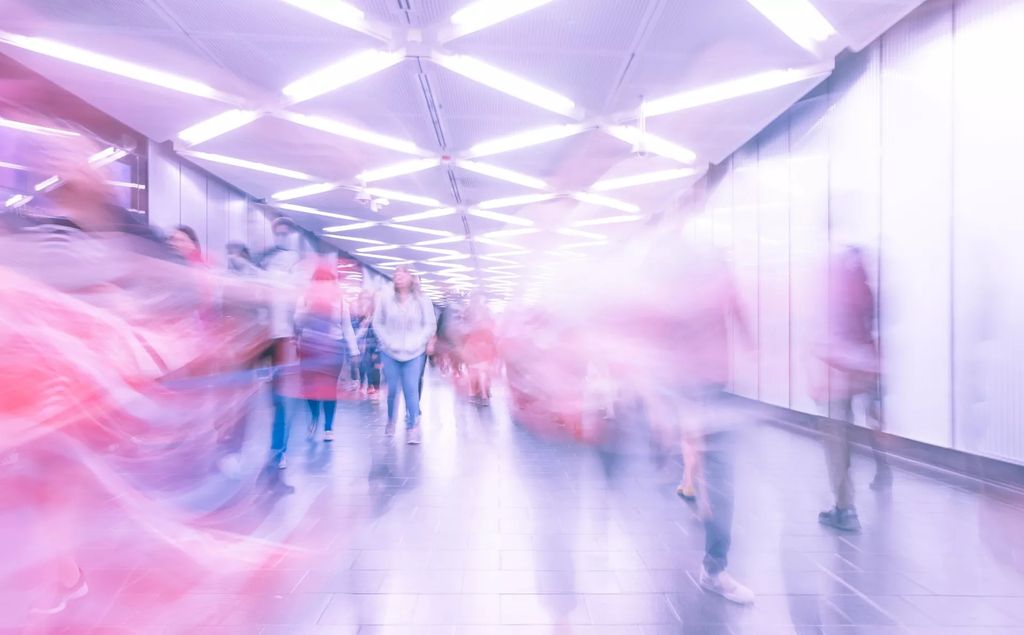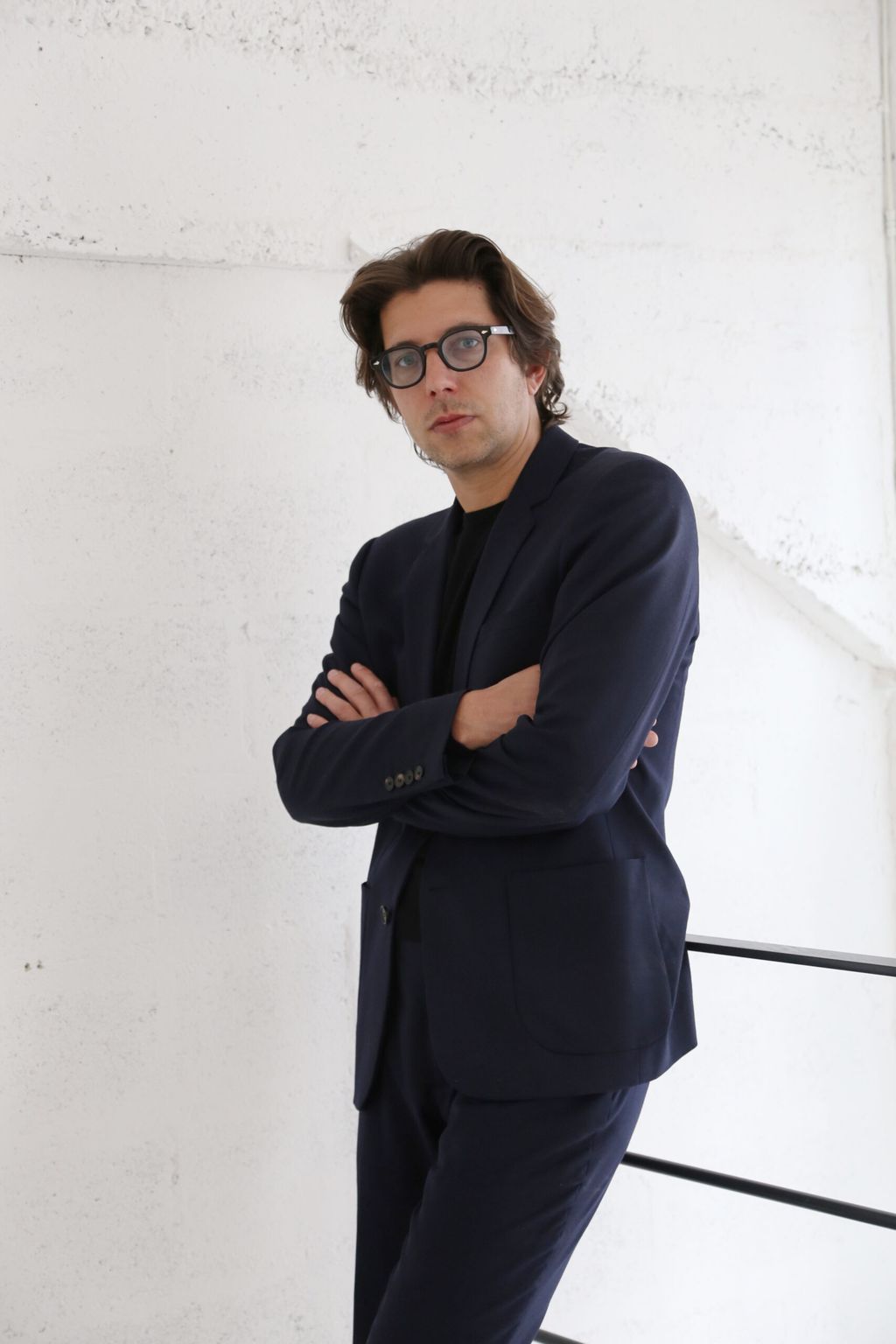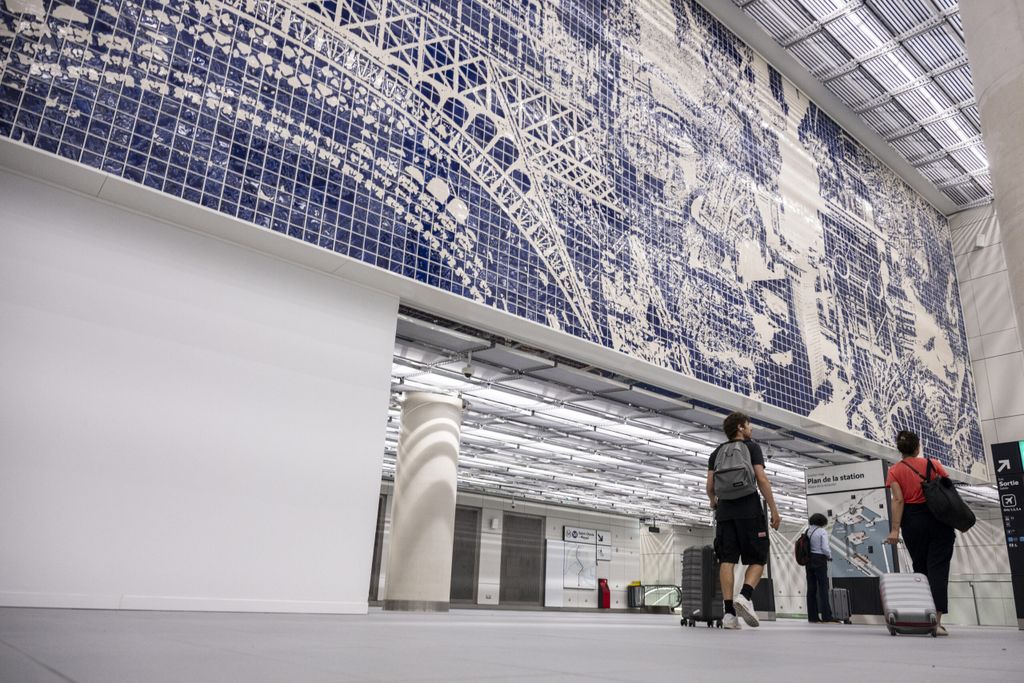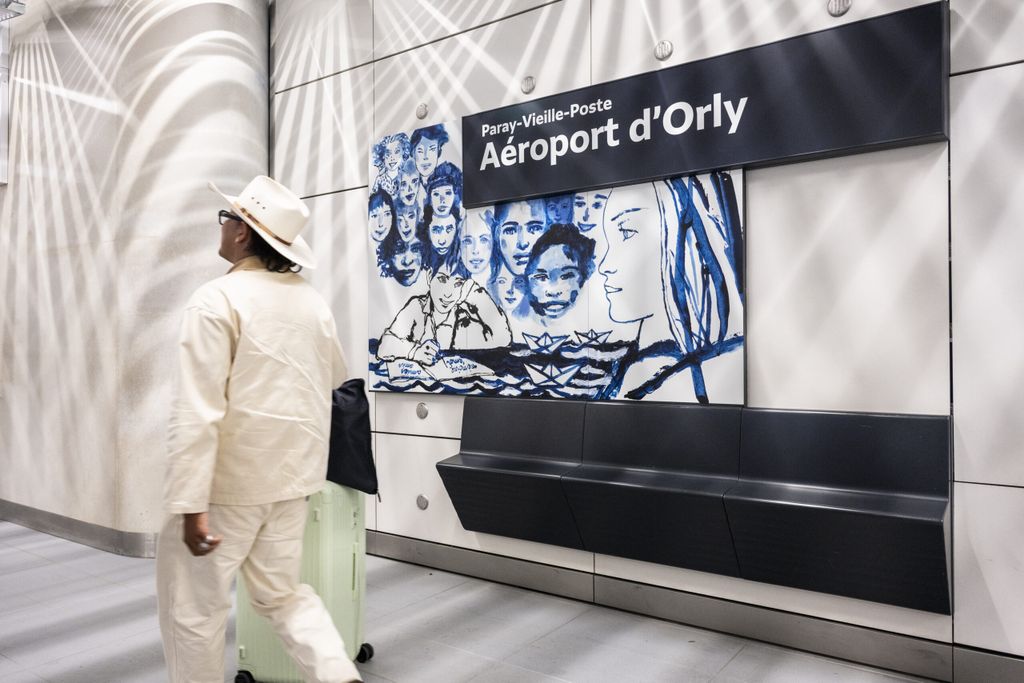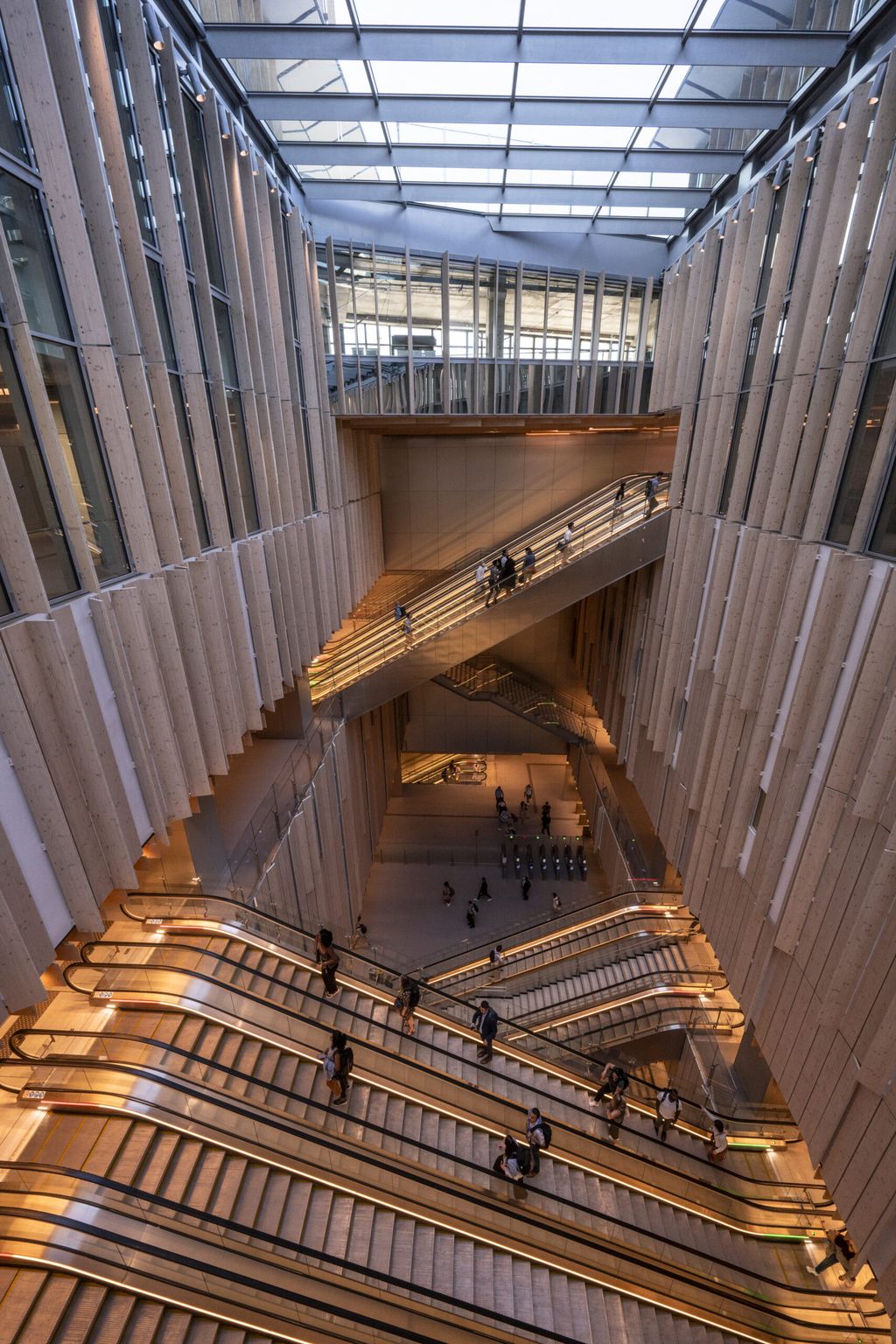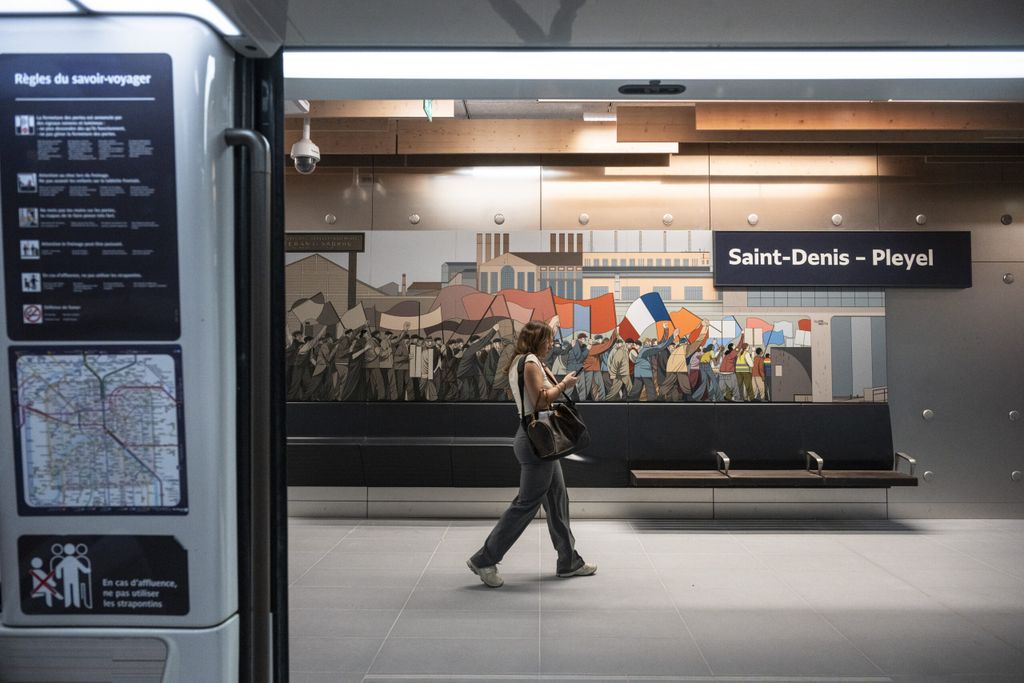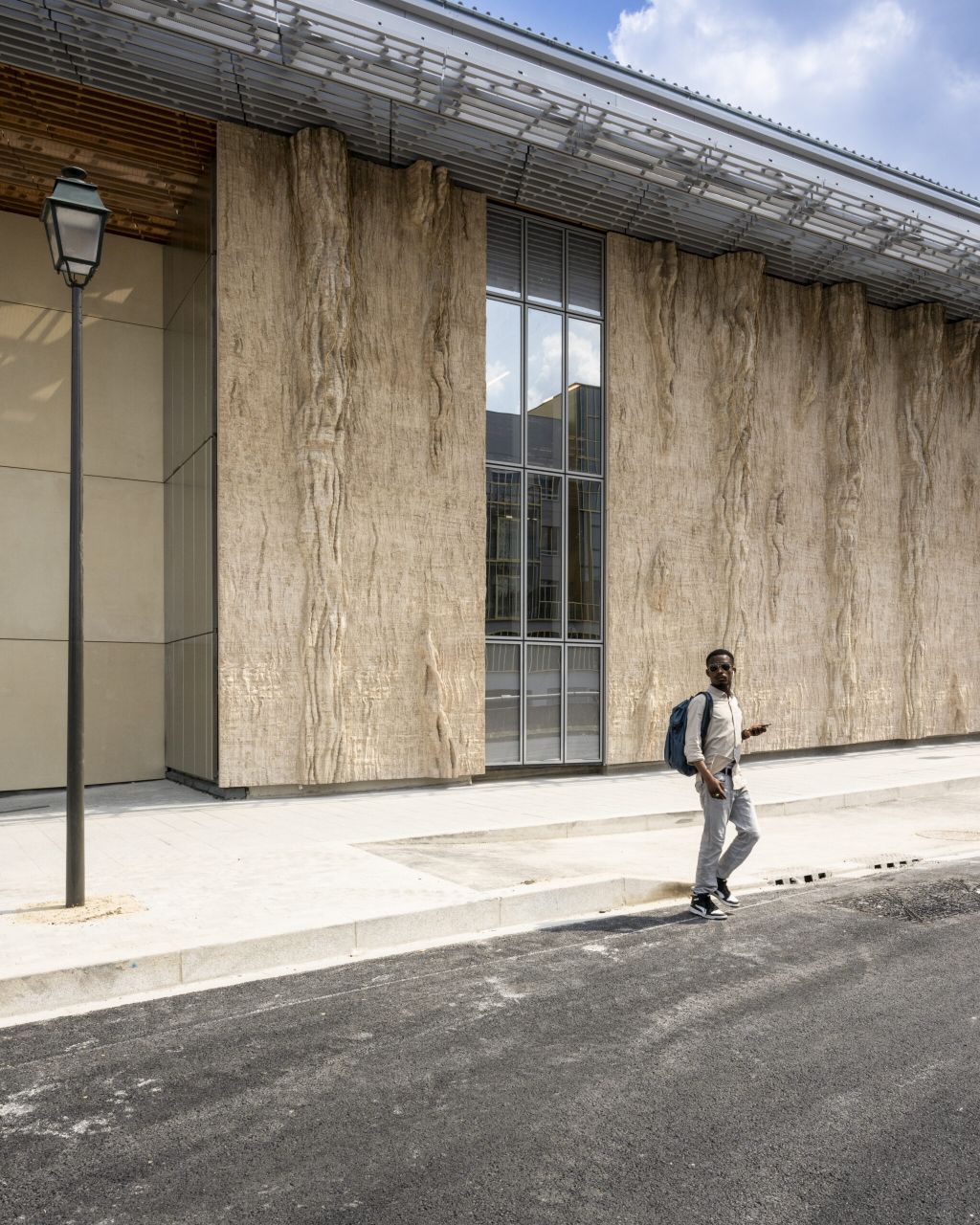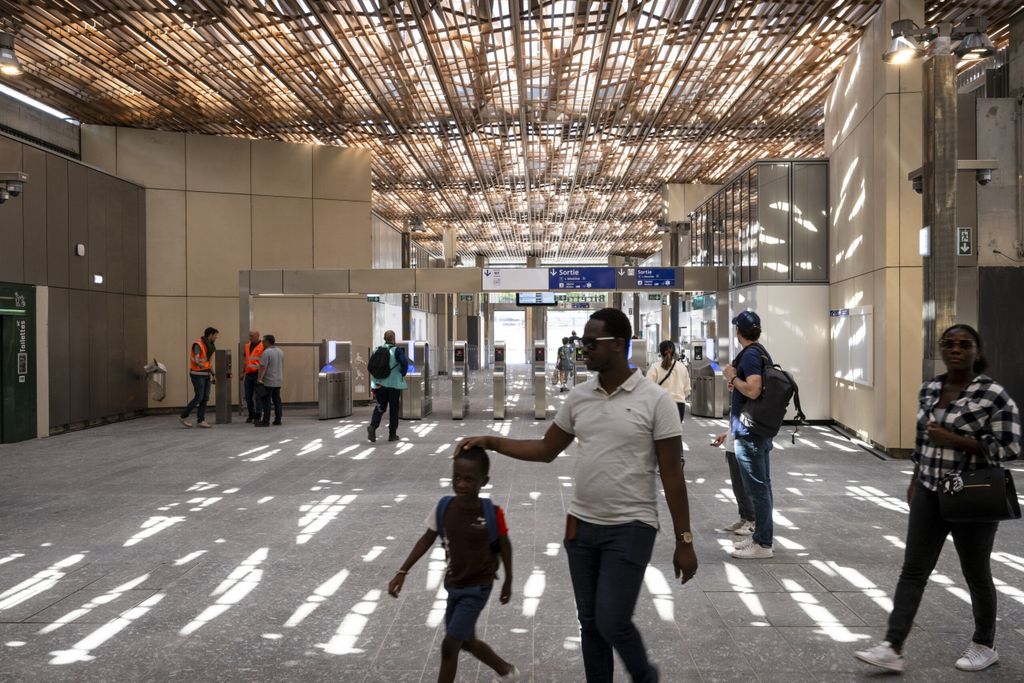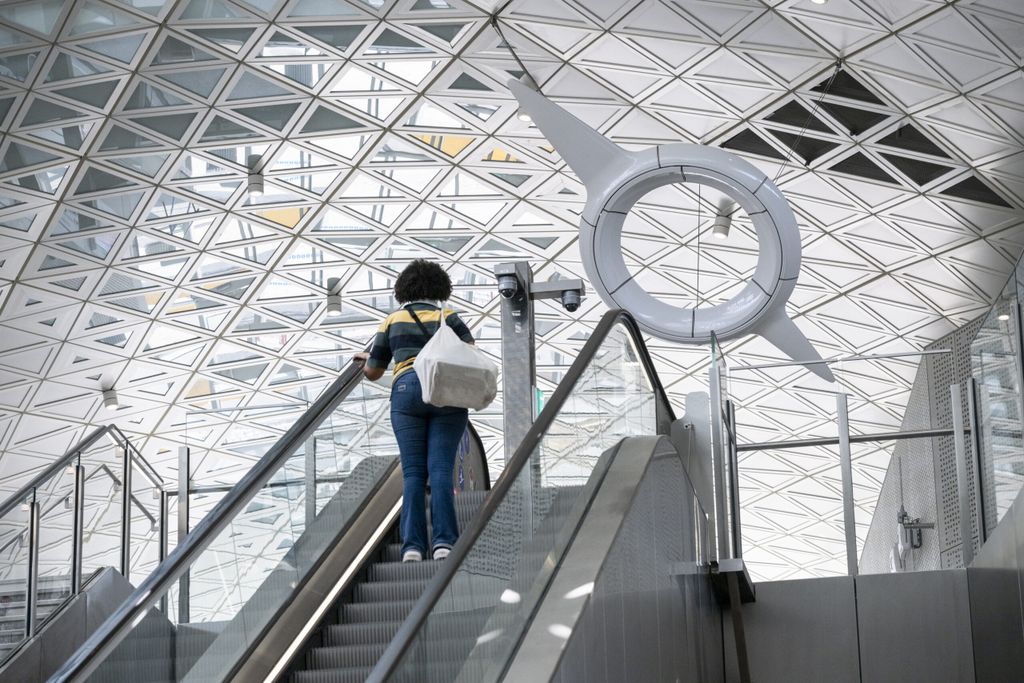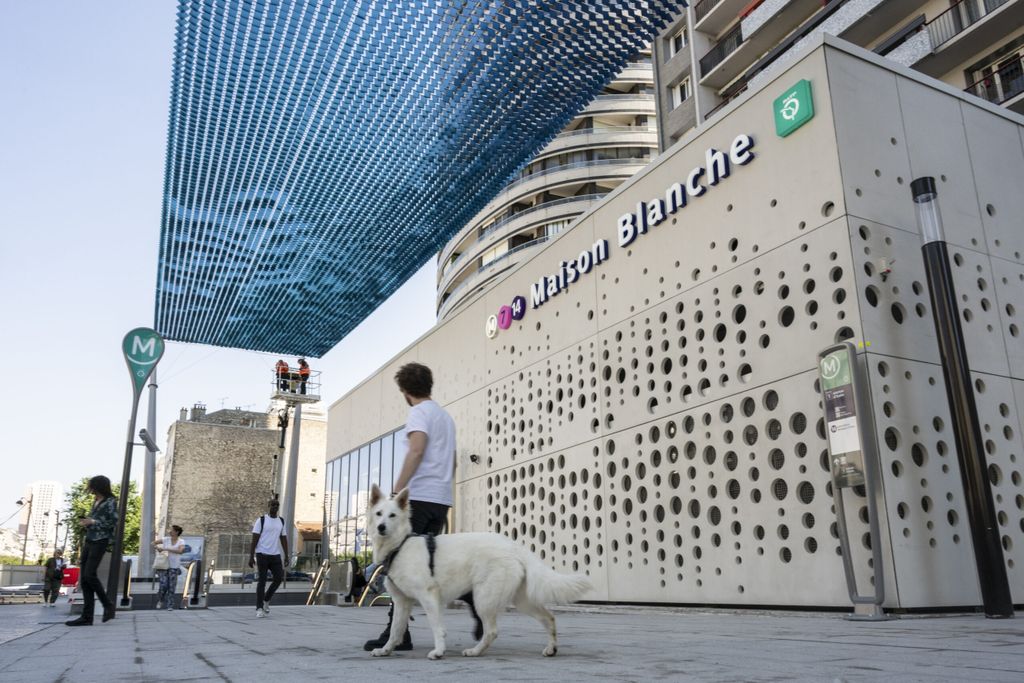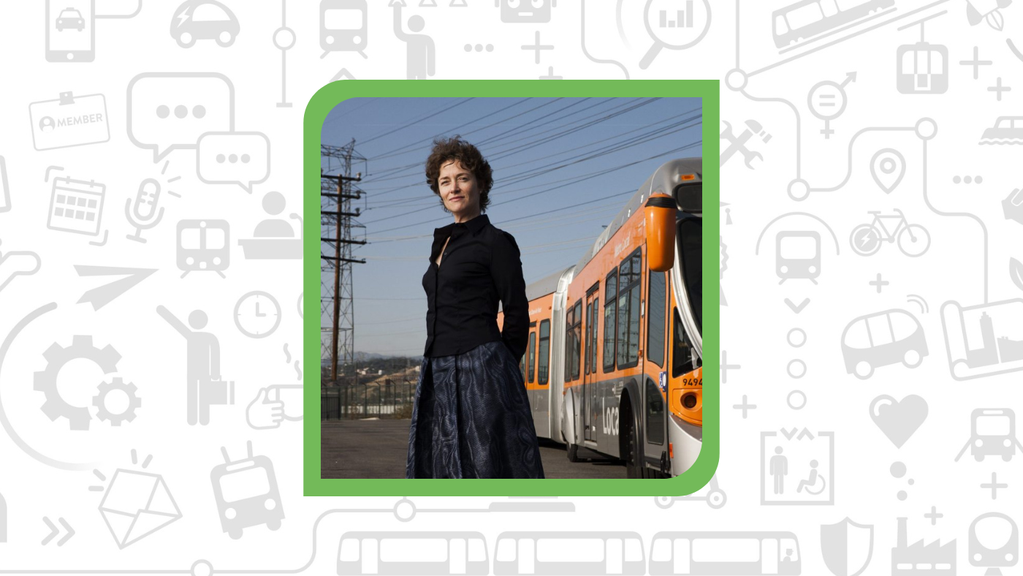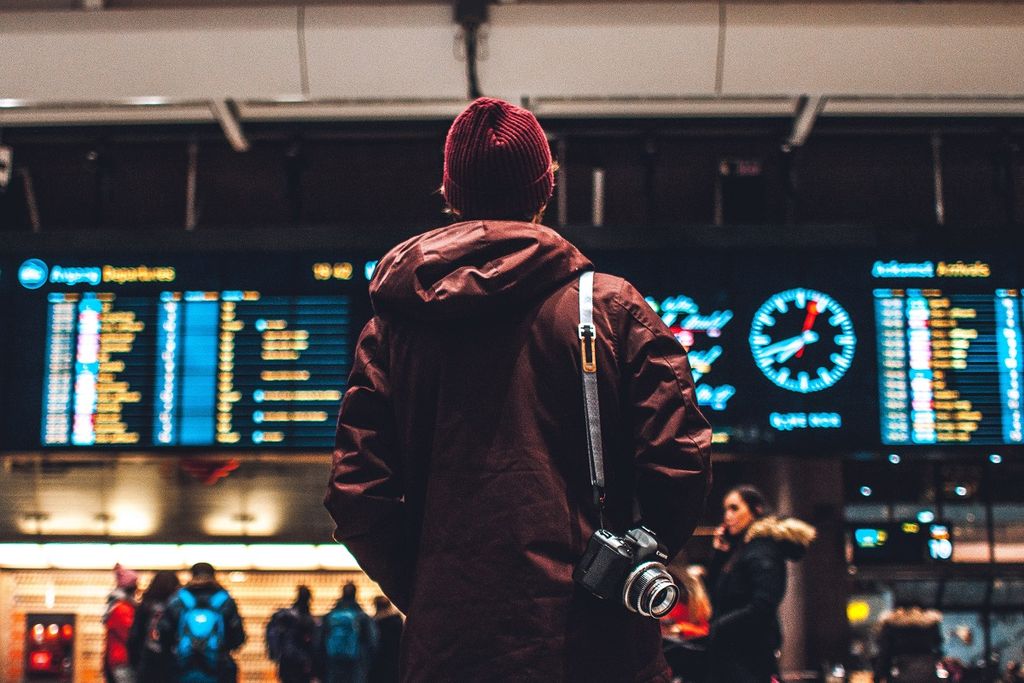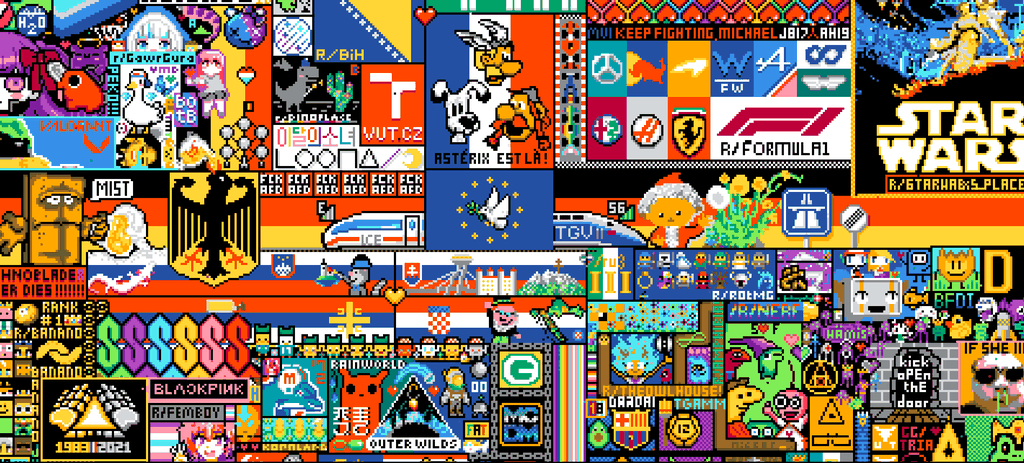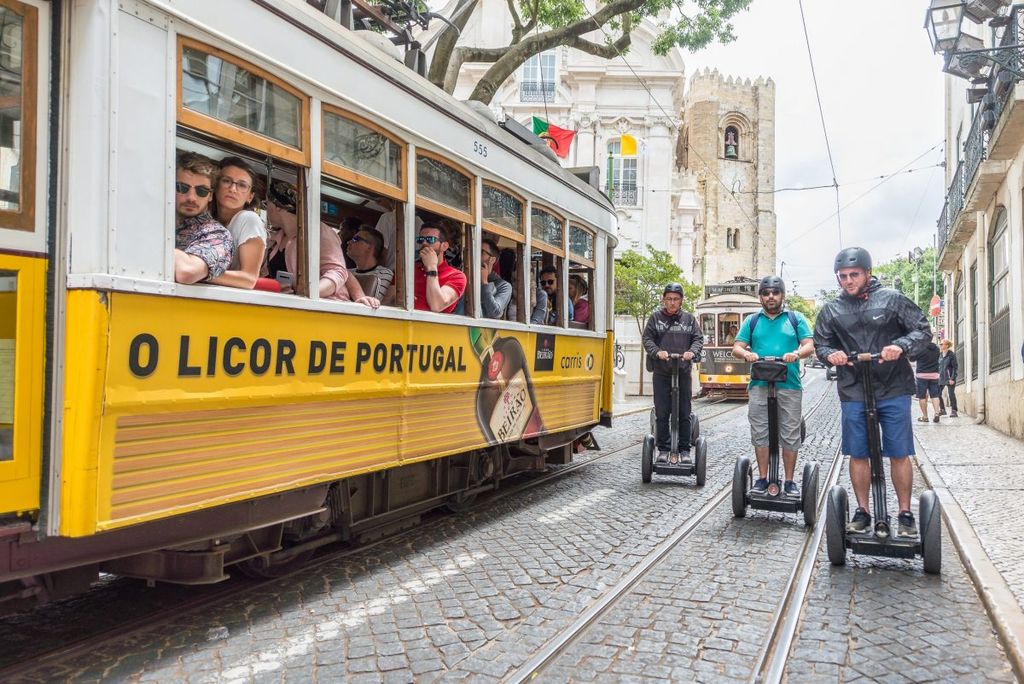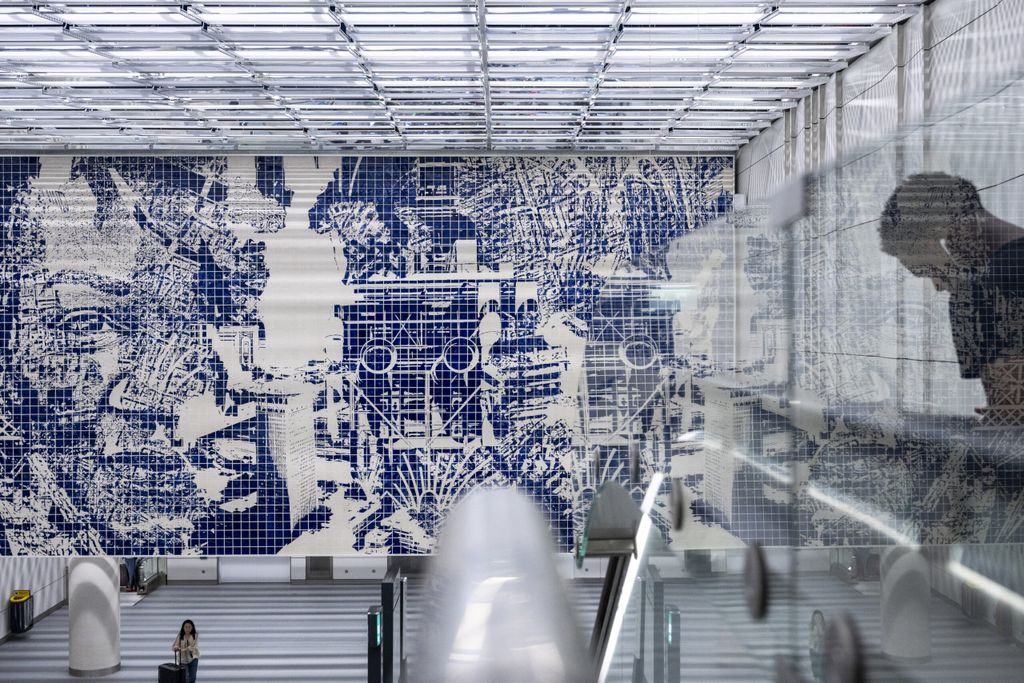
More public transport means more art for Europe’s largest transport infrastructure project
New art for the Grand Paris Express
Europe’s largest transport infrastructure project is being built right now in Paris. It’s also one of France’s most significant art projects and a highlight of the UITP Design & Culture Committee.
The Grand Paris Express will bring 68 new stations to the metro network progressively by 2030, comprising of four totally new lines and the extension of one other. Already, this investment of €36.1 billion has sparked over 100 real estate projects adjacent to the new stations, from shops to social housing. But more public transport gives us the chance to grow something else too – art and culture.
In each of the 68 new stations, art will be permanently integrated into the architecture. By bringing in artists early and holding a close dialogue between architecture, art, and engineering, Paris is assuring a truly integrated approach. World-renowned artists will join a new generation of French artists to create projects of all kinds, from sculptures, light installations, murals, and digital works. The diversity is as much present in the works as it is behind them; of 70 ongoing projects, 40% of the artists are international and 50% are women.
The new network is set to bring accessible mobility to currently underserved areas. High-capacity public transport is an invaluable way to connect peripheral neighbourhoods to the rest of the metropolis, and therefore to opportunity and growth. The new connections promise some impressive results:
- 100%
automated
- 100%
accessible
- 2/3 minutes
train frequency
- 55-65km/h
average speed
- 3 million
passengers per day by 2030
- 8,600
construction staff
Planning, financing, and collaboration
On this project, there has been a clear vision from the outset. That has allowed different stakeholders to connect and plan together. For example, the artists and architects collaborate closely. Like this, they can consider and better integrate deeper aspects of the design from materials, spatial flow, and placement.
In addition, expert advice was provided by the professionals on UITP’s Design & Culture committee.
“The shared insights of the art programme experts of the UITP Design & Culture Committee, in which I am involved, was essential to improve the maintenance and durability of artworks. It was a pleasure to host my peers in Paris in November 2023 and discuss best practices on art collections in metro systems.”
In total, the artistic commission has a total budget of €50 million, with the aim to match that expenditure with private financing. So far, the Grand Paris Express Endowment Fund has raised €4 million, with some years still to go.
By 2030, more than 3 million passengers will see these works of art every day. That further enriches Paris’ cultural offerings, elevates a new generation of artists, and makes each station a unique and memorable experience. Like this, we can set apart public transport from other modes of travel and strengthen the role of public transport as a place where people can connect and grow.
Discover the full collection created for the Grand Paris Express! (In French)
Gare Aéroport d’Orly
Ahead of the Paris Olympics 2024, the first new stations have already opened for passengers and will help connect important locations of the city. This includes the impressive Gare Hôpital Bicêtre cladded in bronze and concrete and the almost futuristic interior of L’Haÿ-les-Roses.
For the new metro station at Orly Airport which opened on 19 June 2024, Portuguese artist Alexandre Farto, or VHILS, has implemented a monumental tile mural of distinctive blue-white ‘azulejos’. All throughout this important airport hub, sleek, white interiors provide a canvas for the artist’s tile portraits of peoples faces.
Because the architects and artist had the opportunity to work together early on, they were able to create an evocative and holistic space, where materials, colours, faces, and architectural elements blend and merge. In the end, this highlights the diversity of Paris and how intertwined its inhabitants are. And that is a message that speaks to the heart of what public transport is all about!
Title: Urban Strata
Materials: Portuguese ceramic tiles, or ‘Azulejos’
Location: Between levels -1 and -2
Dimensions: 11,132 tiles
“There is a link that unites movement, people, and cities.”
Gare Saint-Denis – Pleyel
Saint-Denis – Pleyel, a new station in the northern suburbs of Paris, opened on 24 June 2024. Designed by Japanese architect Kengo Kuma, the station is built over nine levels and expected to transport 250,000 passengers a day. Its featured art installation will be installed in 2026, a masterwork of over 100 prehistoric-style sculptures of the female form created by French artist Prune Nourry. The ‘Venus’ sculptures vary in shape, in colour, and in material. Each sculpture contains different soils from across the Île-de-France region, showing off the diversity and richness of the region.
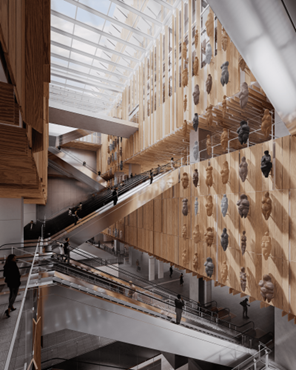
Location: East wall of the atrium, at the centre of the station
Materials: Expanded mineral material (lime, water, sand, cement in small quantity), earth and binder plaster
Dimensions: 108 statues, each 1.70m high, deployed over two areas of 22×8.7m
Gare Châtillon-Montrouge
There’s always cloudy skies at the extension of this metro station in Paris’ inner suburbs.
Scheduled to open in 2025, architect David Trottin and artist Laurent Grasso haved worked together to create something reminiscent of a Renaissance painted ceiling, but updated for the modern age. To playfully combine two time periods, the sky painting was digitised and screen-printed onto 2,750 pleated metal slats on a ceiling space spanning 800m².
Title: Sky
Materials: Screen-printed metal slats
Location: Central ceiling of the station
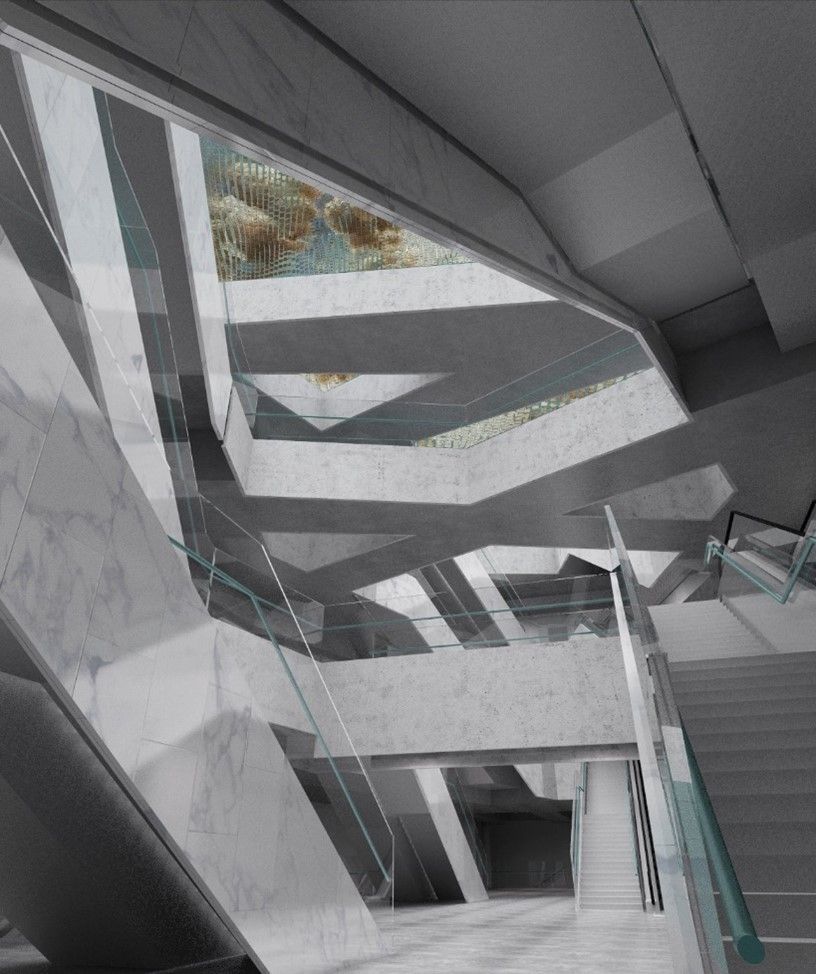

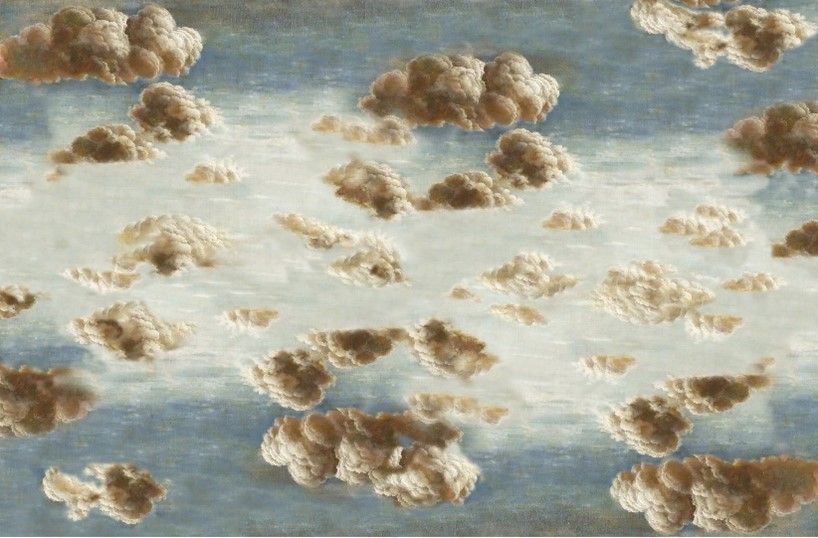
Gare de Villejuif Gustave-Roussy
Going as low as 48m underground, this modern-looking hub is one of the deepest in the Grand Paris Express. Nicknamed the ‘sundial’, the glass ceiling lets light pour into all levels of the building. On level -9, artist Iván Navarro has installed 58 light boxes to create a unique visual experience. And with reflective glass all around, the art is given the illusion of infinite depth.
